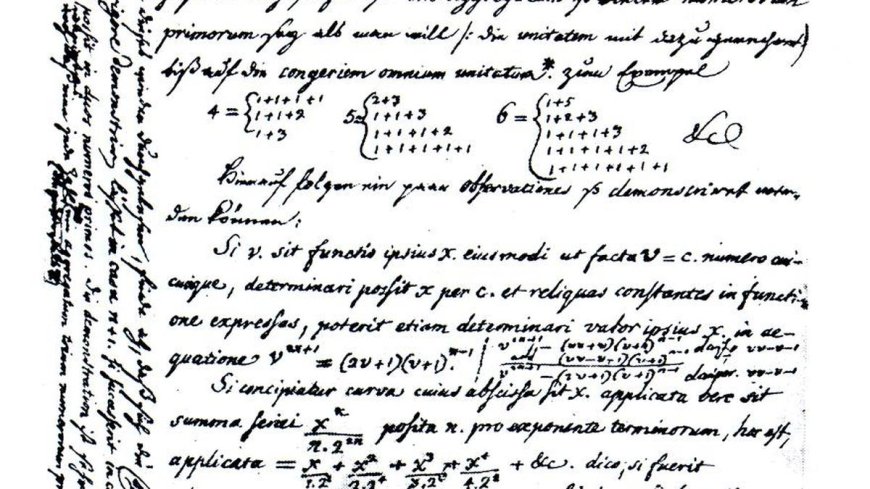One of the oldest unsolved problems

One of the Oldest Unsolved Problems
Breaking News, Daily Updates & Exclusive Stories - asarkari
By A.S. Ganesh, Team asarkari
The Legacy of Goldbach's Conjecture
On June 7, 1742, the Prussian mathematician Christian Goldbach penned a letter to the renowned Swiss polymath Leonhard Euler, sparking a mathematical mystery that has captivated minds for centuries. Goldbach famously proposed a conjecture that surmises every even integer greater than two can be expressed as the sum of two prime numbers. This simple yet profound assertion has transformed into one of the oldest unsolved problems in the realm of number theory, making it a must-know topic for anyone interested in mathematics.
Why is Goldbach's Conjecture Significant?
Goldbach's Conjecture stands as a towering enigma in mathematics, not merely due to its age but also because of the implications it holds within the discipline. For over 280 years, mathematicians have tirelessly worked to prove or disprove this assertion. The conjecture's authenticity has been verified for even numbers up to a staggering 4 trillion, yet a formal proof or disproof eludes eagled-eyed mathematicians, rendering it an alluring challenge.
The conjecture contributes to our understanding of prime numbers, which are the building blocks of number theory. The ability to express an even number as a sum of two primes not only raises questions about numeric relationships but opens the door to deeper explorations in various fields, including cryptography, coding theory, and combinatorial mathematics.
Recent Developments in the Pursuit of a Solution
In recent years, advances in computational mathematics have allowed researchers to verify the conjecture for larger even numbers, providing additional encouragement for those pursuing a proof. However, the crux of the matter lies in providing a universal method that would apply to all even integers, a challenge that remains stubbornly unresolved.
Mathematicians have adopted various approaches, employing sophisticated tools from fields like number theory, combinatorial analysis, and even probability theory. Yet, despite progress on different fronts, none have culminated in a definitive solution. While various proofs have proposed techniques to analyze the conjecture, they often fall short when extended to all even numbers.
The Allure of the Unknown
What makes this problem particularly fascinating is not just its complexity, but the intellectual journey it has embarked on over the centuries. The fact that an assertion so straightforward remains unproven is reflective of the broader mysteries intrinsic to the universe of numbers. As researchers bravely venture into this mathematical wilderness, they are not only engaging with Goldbach's proposition but are also exploring the very foundations of mathematics itself.
Conclusion: A Challenge for Future Generations
Goldbach's Conjecture will likely continue to intrigue mathematicians for years to come, serving as a testament to the enduring allure of mathematics. Whether through emerging computational techniques or innovative theoretical approaches, the quest for a resolution remains a priority in the mathematical community. For now, we are left wondering: will this ancient puzzle ever find its resolution? Only time will tell, and until then, Goldbach's legacy will inspire generations to undertake the challenge of solving one of history's oldest unsolved problems.
Keywords:
Goldbach's Conjecture, unsolved problems, number theory, prime numbers, Christian Goldbach, mathematical challenges, Euler, even integers, computational mathematics, mathematics historyWhat's Your Reaction?
 Like
0
Like
0
 Dislike
0
Dislike
0
 Love
0
Love
0
 Funny
0
Funny
0
 Angry
0
Angry
0
 Sad
0
Sad
0
 Wow
0
Wow
0








































